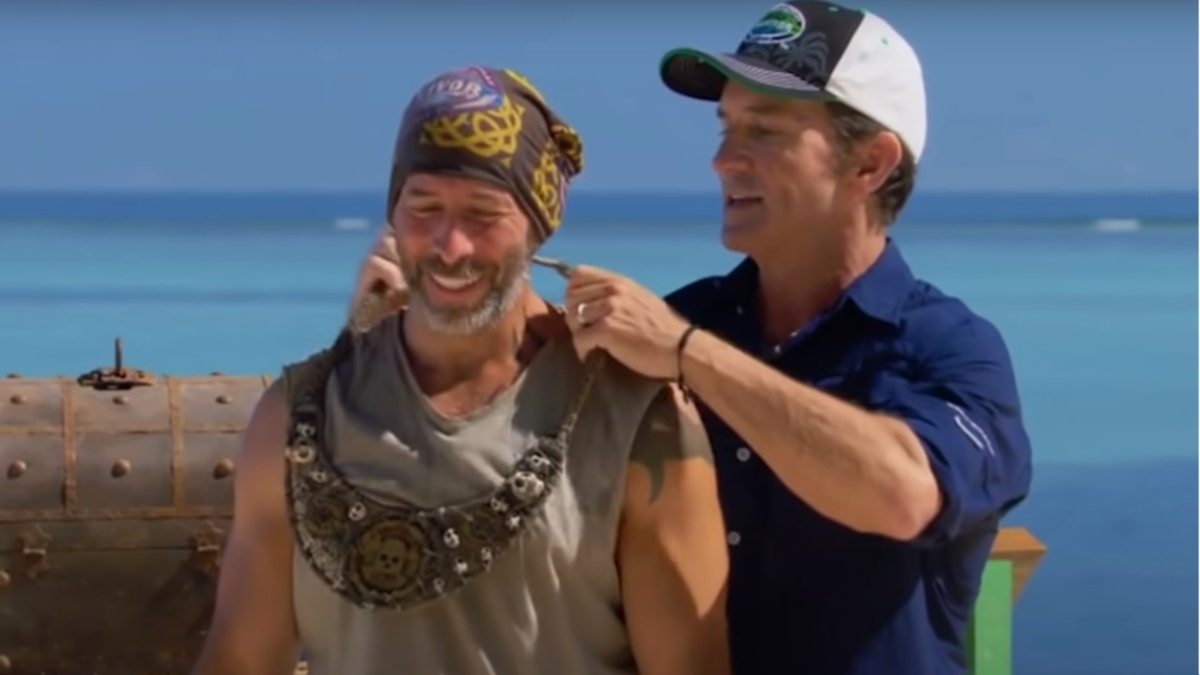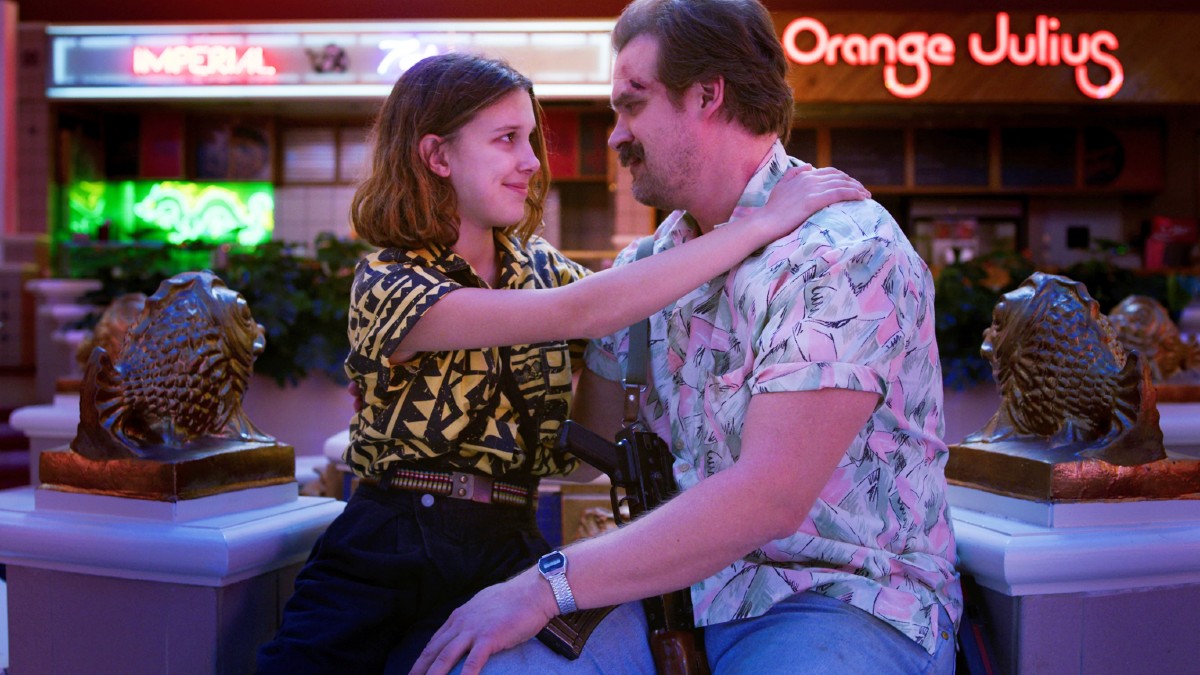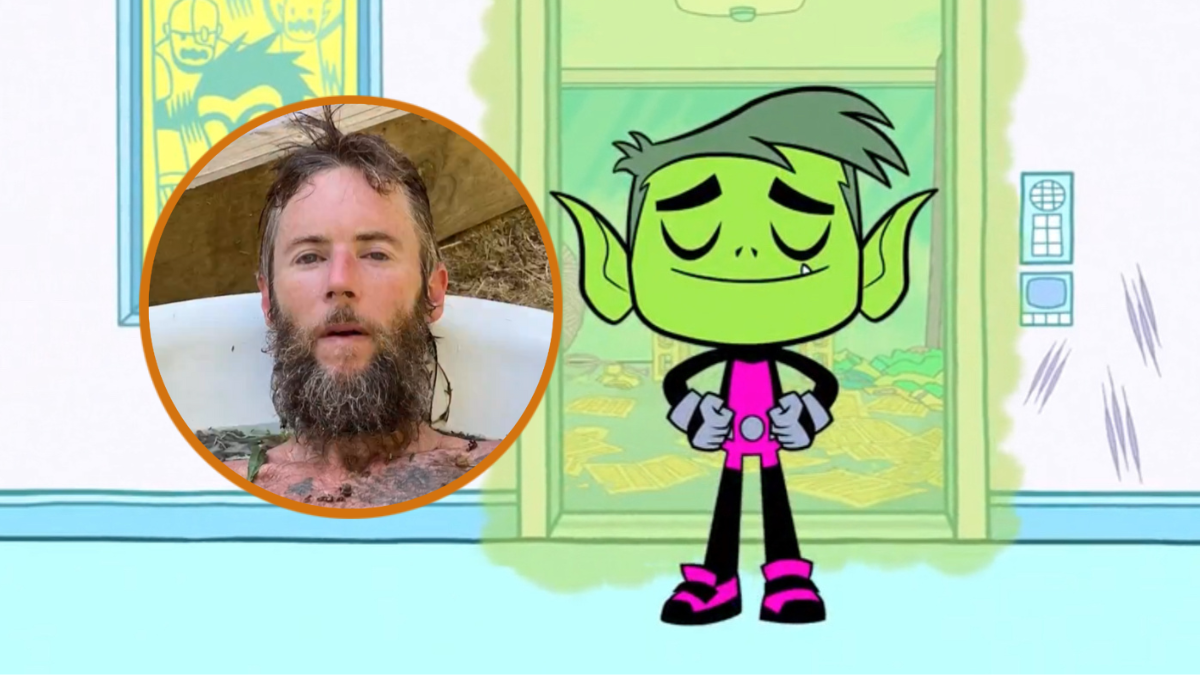Survivor — arguably the most famous reality competition show ever — has stood the test of time while helping define the genre for over 20 years. Premiering on CBS in 2000, Survivor was created by Charlie Parsons and it thrived as a viewership juggernaut throughout its early days.
And although Survivor — which will premiere its 45th season this fall — doesn’t receive the ratings it used to, it has maintained a cult following that’s allowed it to survive on CBS. Still, new viewers feast their eyes on the self-imposed marooning every season. But, they may be confused trying to dissect the ins and outs of what makes the show tick.
So, how does it work? Being a fan of Survivor for more than two decades, I’ll break it down; let’s get into it!
Every season brings new themes and twists, but Survivor’s framework is virtually the same year over year
As a pioneer of the genre in the United States, Survivor has led the charge in terms of structuring a reality competition series. Although other shows usually don’t force contestants to live in a tropical paradise with only the bare necessities, many utilize the challenge-elimination paradigm that Survivor helped will into existence.
Through twists and turns during its 23-year run, Survivor has evolved the way the game is played – but the framework remains the same. Here, I’ll look into how a season typically runs while breaking it down in general terms.
Marooning
Eighteen to 20 contestants (16 in the early days) from all walks of life and ages (16 is the minimum age) are chosen to compete in a Survivor season through casting. Then, they’re willingly deserted on an island with really only the clothes on their backs — as well as a production crew. Survivor has been filmed all over the world, but nowadays they stick to their headquarters in Fiji.
The contestants are divided into two or three tribes with an equal number of players (five men and five women per tribe, for example). They’ll enter the show armed with the knowledge of how long it’ll take to become the sole survivor.
Hopefuls used to withstand 39 days to earn the victory and a $1 million check, but the newest seasons are played through 26 days.
Camp life
When they get to their home away from home, the survivors will work together to build a shelter using the resources they have around them — like branches and palms. Their camp comes outfitted with a few items – including rice and a machete, as well as a well where they can get water to boil and drink.
The time spent at camp is critical. This is where contestants forge relationships and alliances, as well as strategies to propel them to finale night. With no entertainment besides socializing and performing tasks (like fishing), Survivor is a social experiment that has challenged the soft skills of contestants for decades.
Immunity and reward challenges
Players will compete in two kinds of contests: Immunity and Reward challenges. Nowadays, the challenges are typically warped into one. But, I’ll talk about each first.
An important note: tribes play together in challenges — they’re a team. And once the tribes merge (more on that later), the remaining competitors will typically play as individuals.
A Reward challenge pits survivors against each other with some sort of item(s) or excursion dangling in the background. Whether it be flint, fishing supplies, cookies, or a day getaway to hang out with locals, the contestants battle it out to win something that’ll make their uncomfortable time on Survivor more bearable.
An Immunity challenge is more important to the players’ game, however. An Immunity challenge is hosted every episode and after the dust settles, a tribe (or tribes) or an individual will walk away with the win, as well as immunity from being voted out of the game. Because Immunity challenges are much more important than Reward challenges, typically production will wrap both into one, meaning immunity and a reward are up for grabs together.
Tribal Council
Once the Immunity challenge determines the winners and losers, the players will head back to camp to prepare for Tribal Council. The tribe with immunity doesn’t go to Tribal, but the defeated do.
Tribal Council is where one contestant’s dream is dashed via a vote. After spending the afternoon strategizing and socializing, the losers leave camp to go sit down with longtime host Jeff Probst at Tribal Council. After Probst levies questions pertaining to the tribe’s social dynamics, a vote is held where each player will write down the name of a contestant who they want to be kicked off the island.
Once all the anonymous votes are cast, Probst reads them out. Whoever receives the majority is voted out of the game. If there’s a tie, players will re-vote. If the result remains the same, then some sort of tie-breaking measure will be taken — like drawing rocks.
When a player is voted out, they’re gone from the game for good, unless there is some sort of battle-back twist that season.
Once the potentially backstabbed and shocked player has the fire from their torch snuffed by Probst, the remaining players head back to camp to do it all over again.
Rinse and repeat
The same timeline typically runs every episode of Survivor. It’ll begin with contestants arriving at their camp reeling from Tribal Council. After fans watch the social side of the game, the contestants will head to a challenge. Nowadays, it’ll usually just be the Immunity challenge with a reward given to the winner in addition to immunity.
After the challenge wraps, the contestants will engage in a heated strategy session back at camp while Tribal Council looms large. This is where viewers can see relationships evolve or devolve while players noodle through game-changing decisions. Then, it’s off to Tribal Council to dwindle the roster of hopefuls. After the vote plays out and a survivor is given their walking papers, the episode concludes.
Throughout the season, players are typically hit with a tribe swap and then the sought-after merge. A merge happens around the game’s mid-way point, and it’s when all the contestants come together under one tribe flag. It’s no longer a team game; it’s an individual one. It’s also the most exciting phase of Survivor and when gameplay accelerates to the max.
Every episode features the challenge-elimination paradigm until the pool is whittled down to the last two or three players.
Depending on the season’s twists, an episode’s component can differ. For example, if it’s a season that features “Redemption Island,” each episode will spend time focusing on players who have been voted out of the game and are trying to earn a ticket back in.
A winner chosen by the jury is announced at the reunion show
When the final two or three contestants (depending on the season) are determined, the players making up the jury will vote on who they want to see win the life-changing dollar figure.
The survivors in the jury are usually the final nine who were voted out of the game. After they’re voted out, they’ll silently attend every Tribal Council moving forward and during the final one, they’ll cast a vote with the name written down of who they want to represent their season as the sole survivor.
The last Tribal Council plays out on the final day of the marooning, and once the votes are sealed in an urn, filming ends. The cast reassembles months later at a reunion show, and Probst reveals the victor live in front of an audience. Probst then takes the opportunity to catch up with all of the players while chatting about season particulars.
The season officially ends after the reunion special airs.
A season’s structure is determined by its theme and twists
As I mentioned, every season brings new (and old) twists and themes into the game. All in all, 44 Survivor seasons have come and gone over the course of 23 years, and dozens of themes and twists have lived and died over the show’s tenure.
For example, season 24’s One World separated the 18 players into two tribes of nine based on sex. And as given away in the name, season 33’s Millennials vs. Gen X divided the cast of 20 into two tribes representing an age group.
Twists are also a constant on Survivor. Whether it’s immunity idols or advantages being hidden at camp or at a challenge, or cast members being exiled on an island alone, twists can alter a season in major ways.
Themes and twists also determine the crop of contestants. Most Survivor seasons introduce brand-new names into the reality competition universe. However, there have been plenty of seasons that feature veteran players.
For example, season 8’s All-Stars assembled notables from the first seven seasons to compete on one show. And in a theme fans waited on for years, season 40’s Winners at War brought back 20 sole survivors to wage war for a $2 million check — the first and only time the prize pool has been that high.
Speaking of recurring names, Probst has hosted Survivor since its inception and is also an executive producer. He’s credited for helping keep it alive. But, of course, Survivor wouldn’t have lasted this long without its loyal following.
So here’s to it continuing as a reality competition staple for another decade – and beyond.











Published: Jul 18, 2023 03:55 pm